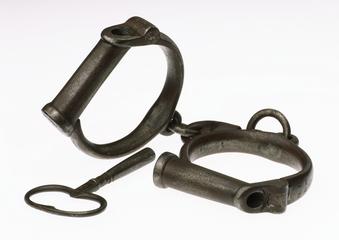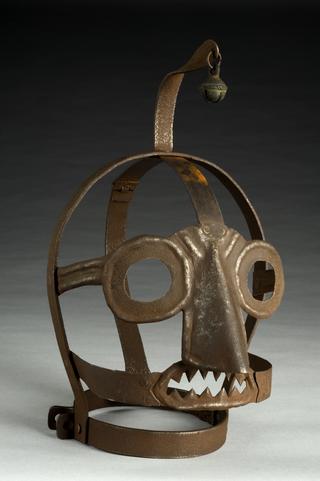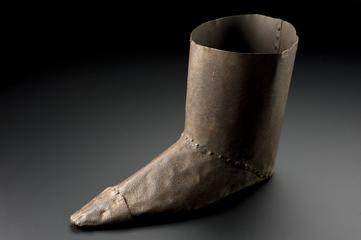




Section of the tree under which Livingstone's viscera were buried in 1873, Zambia
Upon his death, the body of missionary and African explorer Dr David Livingstone (1813–1873) was returned to England for burial in Westminster Abbey. However, his heart and viscera (the soft internal organs within the abdominal cavity) were removed and buried under a tree in Zambia, Africa. The tree is known as a Myula tree. This small piece of wood is a section of that tree. It is said local people wanted Livingstone to be buried in his beloved Africa. Eventually just his heart and viscera were retained there.
Livingstone explored vast swathes of Africa. He provided valuable geographic and social information about the mostly unknown land. His fame led to New York Times journalist Henry Stanley being sent to find him after he disappeared in the interior. This led to a famous encounter and Stanley’s apocryphal phrase, ‘Dr. Livingstone, I presume?’ when he was found.
Details
- Category:
- Wellcome (general)
- Collection:
- Sir Henry Wellcome's Museum Collection
- Object Number:
- A645473
- Materials:
- wood
- Measurements:
-
overall: 120 mm x 160 mm x 75 mm, .58kg
- type:
- wood - plant material




